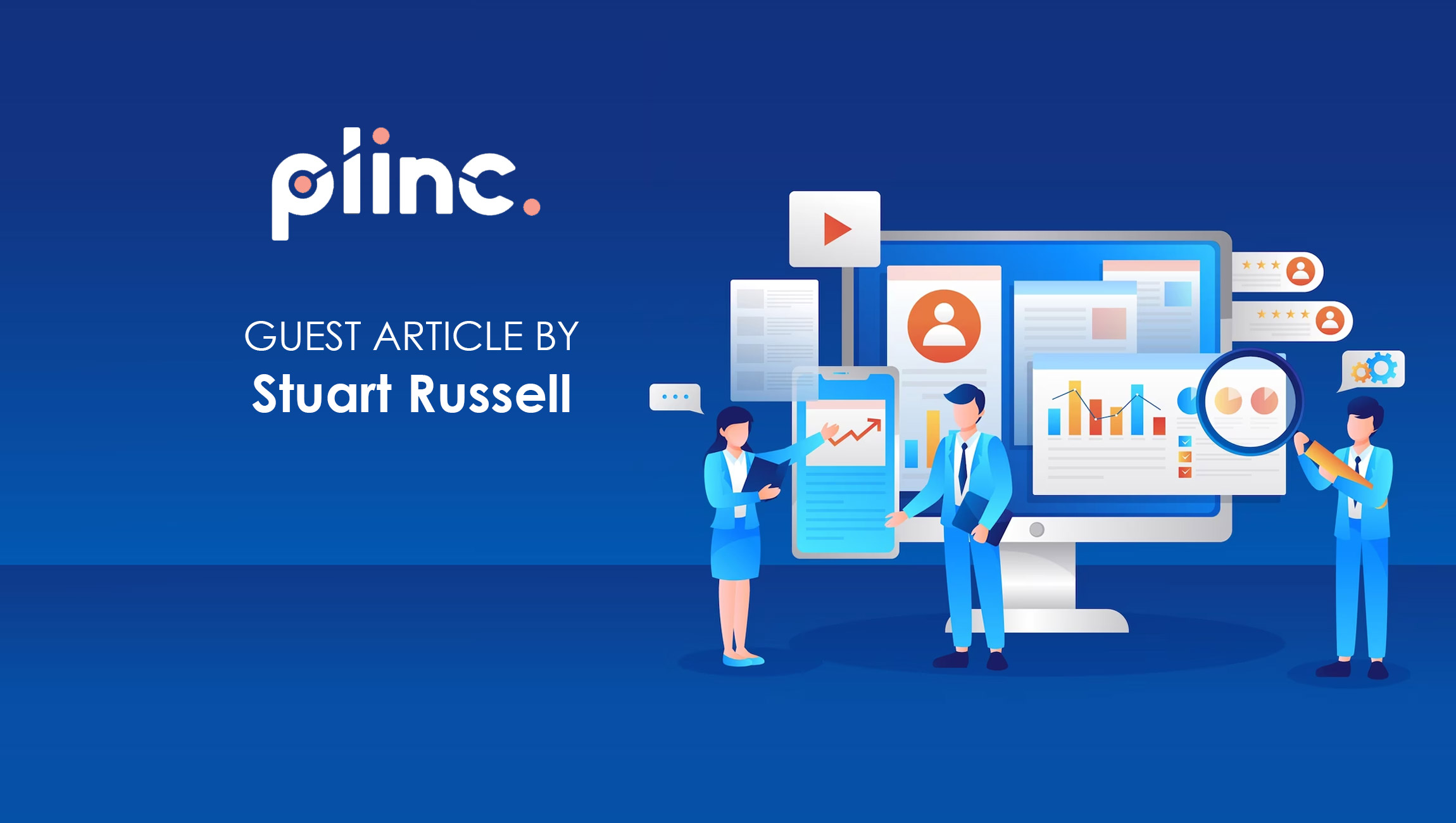Overview of Digital Ad Frauds
Digital advertising has revolutionized the way businesses reach their target audience. However, with its immense potential comes a dark side: digital ad fraud. This deceptive practice involves manipulating ad metrics to steal money from advertisers and skew marketing data. Understanding the common types of ad fraud is crucial to safeguarding your campaigns and maintaining a healthy online advertising ecosystem.
How it recently diverted revenue
Digital ad fraud is a persistent and costly problem, siphoning billions of dollars away from legitimate advertising efforts each year. The exact figures can vary depending on the study and methodology, but IAB Tech Lab estimates that global ad fraud probably cost advertisers a staggering $68.2 billion in 2023, representing 13.3% of all ad spending. On the other hand, Juniper Research predicts that digital ad fraud will cost the global economy $150 billion by 2026, highlighting the rising scale of the issue.
These and many other figures paint a grim picture of the financial impact of digital ad fraud. Imagine a mountain of money, equivalent to the GDP of a small country, being diverted away from businesses trying to reach their target audience and into the pockets of fraudsters.
Recent ad frauds worth a mention
Digital ad fraud happens constantly, with new schemes emerging all the time. However, some recent high-profile cases highlight the criticality of the issue:
- Methbot: This sophisticated botnet, discovered in February 2023, generated over 42 million fraudulent clicks per day. It targeted high-value industries like finance and e-commerce, using real mobile devices through compromised apps to mimic genuine user behavior.
- Pixel Flood: Another 2023 revelation, Pixel Flood, involved injecting invisible tracking pixels into legitimate ads. These pixels then triggered fake conversions when users visited real websites, draining advertising budgets and skewing campaign data.
- Supply Chain Hijacking: This evolving tactic targets the ad supply chain itself. Fraudsters infiltrate legitimate ad networks or exchanges, inserting their own ads into campaigns meant for real advertisers. This results in wasted budgets and potentially damaging ads appearing on unrelated websites.
- Creative Spoofing: This increasingly common approach involves mimicking the look and feel of popular brands’ ads to trick users into clicking. It can lead to brand reputation damage and drive traffic to scam websites.
- Geo-spoofing: Fraudsters manipulate location data to make it appear as if users are in high-value regions, inflating ad prices for specific demographics. This is particularly prevalent in mobile advertising.
Marketing Technology News: MarTech Interview with Jon Stewart, President at ZenSource
Some established techniques to identify digital ad fraud
Digital ad frauds are an extremely technical and complicated phenomenon. Hence, to identify and navigate through it demands technical knowledge and a thorough understanding of the industry. Hence, techniques for identifying digital ad frauds involve technical as well as verification and measurement techniques, intelligence techniques, etc.
As a seasoned marketer, it is important to understand that no single technique is foolproof, and fraudsters adapt their methods constantly. The key is to employ a multi-layered approach combining different technologies, verification methods, and industry collaboration to build a robust defense against digital ad fraud.
Let’s understand the smart and recent popular techniques:
Detection Through Technology:
- Bot Detection: Identifying and filtering out suspicious traffic generated by bots and bot farms through analyzing behavior patterns, device fingerprinting, and interaction analysis.
- Geo-fencing: restricting ad delivery to specific geographic areas to prevent fake impressions from distant locations.
- Anomaly Detection: Analyzing ad data for statistically significant deviations from normal patterns, indicating potential fraudulent activity.
- Traffic Quality Scoring: Assigning scores to websites and publishers based on factors like traffic sources, engagement metrics, and historical activity to flag high-risk environments.
- Real-time Fraud Prevention: Employing machine learning algorithms that analyze ad activity in real-time to identify and block fraudulent attempts as they occur.
Verification and measurement:
- Pre-bid Verification: Screening potential ad placements before bids are placed to ensure they meet quality and safety standards.
- Post-bid Verification: Analyzing ad campaign data after delivery to identify and measure fraudulent activity that potentially slipped through pre-bid checks.
- Independent Third-party Verification: Utilizing services from independent companies specializing in ad verification to provide unbiased and transparent assessments of campaign performance.
- Attribution modeling: analyzing user journey data to accurately attribute conversions to specific ad interactions and identify discrepancies that might indicate fraud.
- Data Forensics: Investigating suspicious activity through detailed analysis of ad data logs and network traffic to uncover the source and scope of fraudulent operations.
Collaboration and Shared Intelligence:
- Industry blacklists: sharing intelligence on known bad actors and fraudulent websites through industry-wide databases to prevent others from falling victim.
- Threat Research: Collaborating with cybersecurity researchers and law enforcement agencies to stay ahead of evolving fraud techniques and develop effective countermeasures.
- Transparency and Standardization: Promoting data transparency and establishing industry standards for ad measurement and verification to make it harder for fraudsters to operate.
Conclusion
The digital ad world is constantly evolving, as are the risks and mitigations. Above are some of the circular examples for which a marketer must have foresight. As a modern advertiser, it is necessary to stay informed about the latest tactics and invest in robust fraud detection and prevention solutions.
Marketing Technology News: Things To Keep In Mind When Building Out Your ICP
*The primary author of this staff article is Vaishnavi Vaidya











